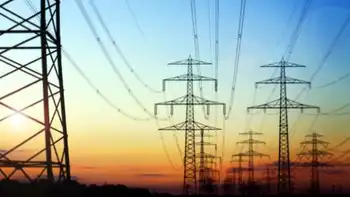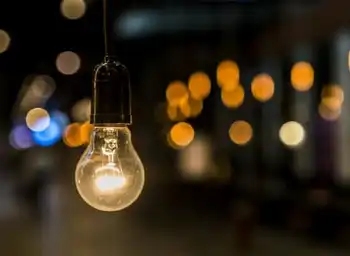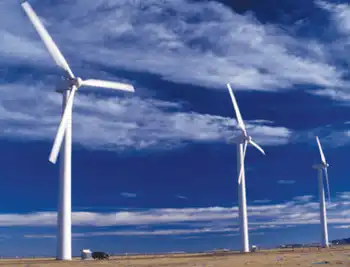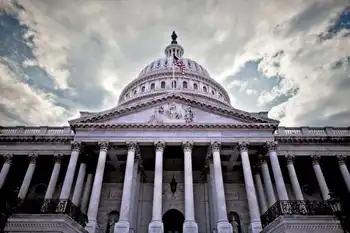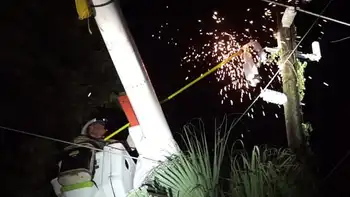New York's Grid Not at Fault in Blackout
By New York Times
NFPA 70e Training - Arc Flash
Our customized live online or in‑person group training can be delivered to your staff at your location.

- Live Online
- 6 hours Instructor-led
- Group Training Available
The report did not explain why, if the grid functioned properly in New York, the state was nonetheless vulnerable to the largest blackout in North American history, a cascading loss of power that affected millions of people in eight states and Canada.
William M. Flynn, chairman of the state's Public Service Commission, which conducted the review, said in a written statement that there was no evidence of failures in the operation of the grid in New York. He faulted Midwest utilities for hesitating to warn other utilities of the magnitude of the disturbances on Aug. 14.
The report found that New York utilities and regulators had aggressively applied lessons learned from prior blackouts, and it complimented the New York utilities for restoring power within 30 hours. The report also emphasized the need for utilities to explore backup sources of power, citing nearly 346,000 telephone customers who lost dial tones and the inability of many emergency medical personnel to start up their life-saving equipment.
A final version of the report is expected in the next few months. Mr. Flynn said he expected it to include an analysis of the electric system and the state's ability to withstand external power surges.
Assemblyman Paul D. Tonko, a Democrat who represents Schenectady and is chairman of the Energy Committee, said: "I think most people are waiting to see that draft. But for now, I'll say that blaming tree branches in Ohio for putting out the lights on Broadway does not make any sense."
In November, a national panel of government and industry officials found that the blackout had been initiated by a series of human and computer failures at an Ohio power company, FirstEnergy, as untrimmed tree limbs sagged and touched power lines, causing the system to start to fail. The panel also found that the regional agency that was supposed to oversee the Ohio utility had failed to catch the problem early enough and had later violated national regulations in hesitating to alert neighboring power companies to the situation. The panel is expected to release a final and more comprehensive report in the coming months.
The New York report pointed out that utilities in the state functioned under reliability standards that were stricter than those followed by other utilities nationwide. Mr. Flynn also cited the nearly 100 additional guidelines that were imposed on the utility industry after the 1977 blackout.
But Gerald A. Norlander of the Public Utility Law Project, a nonprofit law firm in Albany, said those regulations did not insulate the state from areas where the rules are weaker. "What we need now," he said, "is a blueprint of measures to shield New York from another cascading blackout in the future."
Jack Casazza, a utility analyst and former vice president of Public Service Electric and Gas, also said he doubted that the report sufficiently addressed cascading blackouts. Comparing electric companies to mountain climbers tied together with safety lines, he explained that if one climber slipped, the lines could either prevent a fall or pull everyone down. Had New Jersey and Connecticut not cut themselves off, he said, there were two possibilities: either they would have stabilized New York from falling, or New York would have taken them down with it. The issue needs further study, he said.





